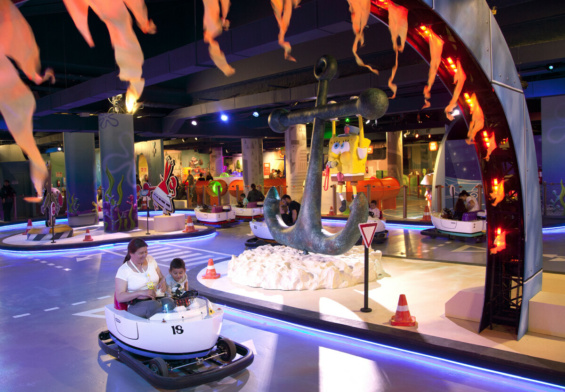Whipsnade Zoo is part of ZSL, a science-driven conservation charity, working to protect and restore wildlife in the UK and around the world. First opened to the public in 1931, Whipsnade Zoo works to restore wildlife through vital conservation breeding programmes and inspiring a lifelong love of animals in the conservationists of tomorrow.
Whipsnade Zoo is the UK’s biggest zoo, set in 600 acres of beautiful parkland on the Chiltern Hills in . The Zoo is home to more than 10,000 animals. Many of the animals at Whipsnade Zoo are threatened species in the wild and part of vital global breeding programmes.
This summer kids can enjoy bringing one of their favourite games to life with Top Trumps at Whipsnade Zoo. Grab your limited edition super Top Trumps card at the entrance (or save paper by downloading it from the zoo’s website), then head out around Whipsnade Zoo to find the six giant Top Trumps cards to play against. The six giant cards dotted around the zoo include Asian elephants, American flamingos, African black-footed penguins, Asian short-clawed otters, Reticulated giraffes, Common Hippos and Ring-tailed Lemurs.
We recommend starting your visit to Whipsnade Zoo meeting the super-social ring-tailed lemurs.
Ring-tailed lemurs, native to Madagascar, are captivating primates known for their unique black and white striped tails. They play a crucial role in their ecosystem as seed dispersers, promoting forest regeneration. With their habitat threatened by deforestation and microclimatic change in addition to hunting and illegal pet trade, protecting ring-tailed lemurs is vital for biodiversity conservation and sustainable development in Madagascar.
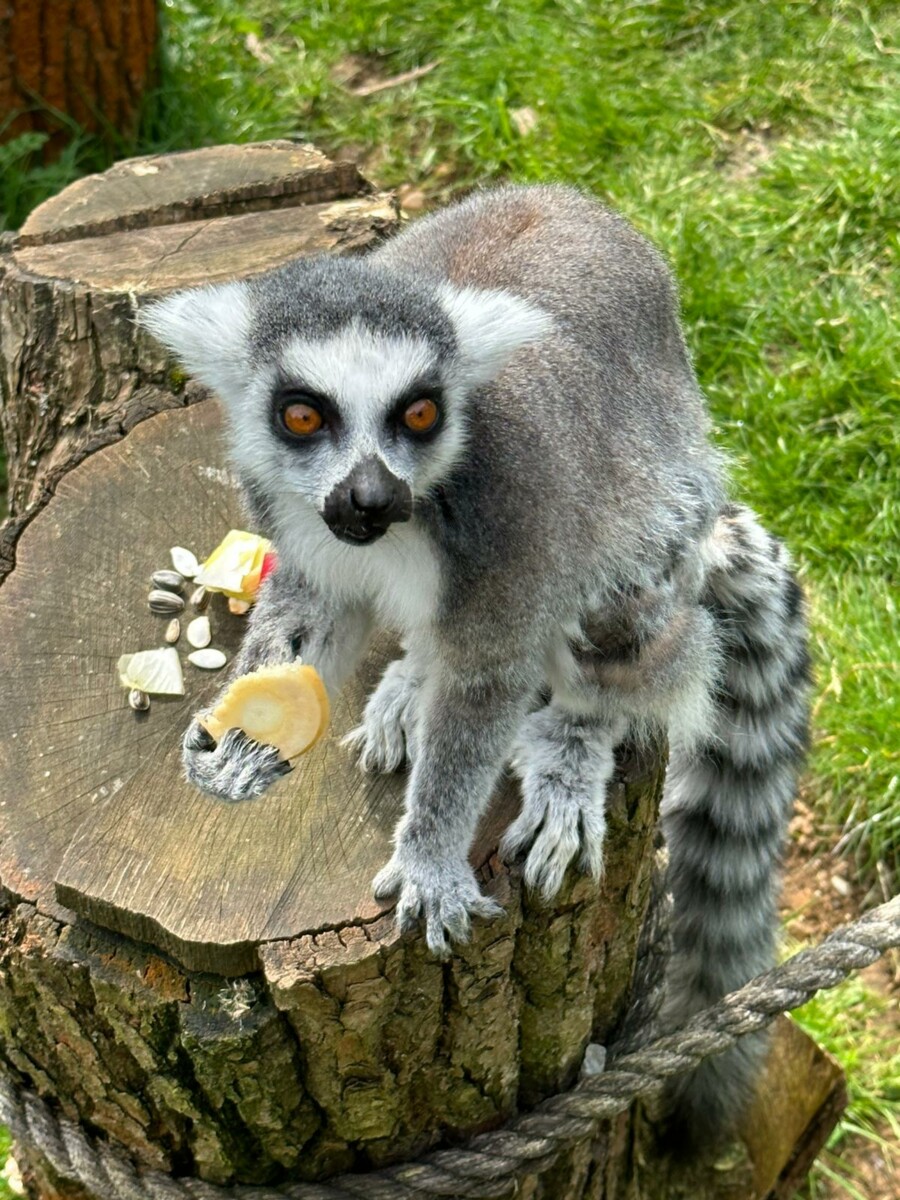
The Whipsnade Zoo Aquarium is a must-see for all, especially children. It is the only Aquarium in the UK dedicated to the conservation of freshwater fish with floor-to-ceiling tanks and mesmerising projections on the floor. The Aquarium is a round-the-world journey through ten of the planet’s most extreme aquatic habitats, from a vibrant flooded forest in Brazil, to an African puddle! The Aquarium also provides a base for the Zoo’s leading conservation work protecting some of the rarest and most critically endangered fish on the planet like the La Palma Pupfish which is now extinct in the wild but are part of the Zoo’s breeding programme which is also saving the Sainthouse’s killifish from extinction in Turkey.
Whipsnade Zoo is also home to a diverse collection of 30 different species of butterflies from around the world who live in the steamy Butterfly House, one of the largest butterfly biomes in the UK.
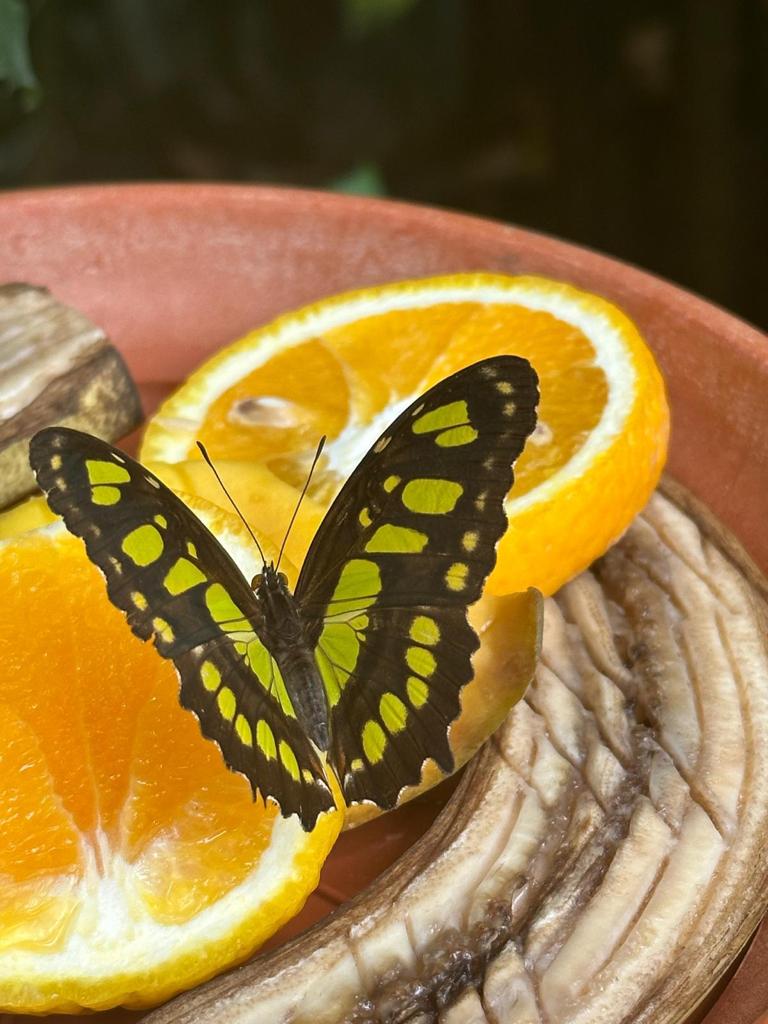
These delicate creatures showcase an array of vibrant colours and intricate wing patterns, captivating visitors of all ages. By providing a sanctuary for these species, the zoo contributes to the conservation and understanding of these beautiful insects. Kids will love observing the beautiful butterflies, one of which might try to hitch a ride on your shoulder!
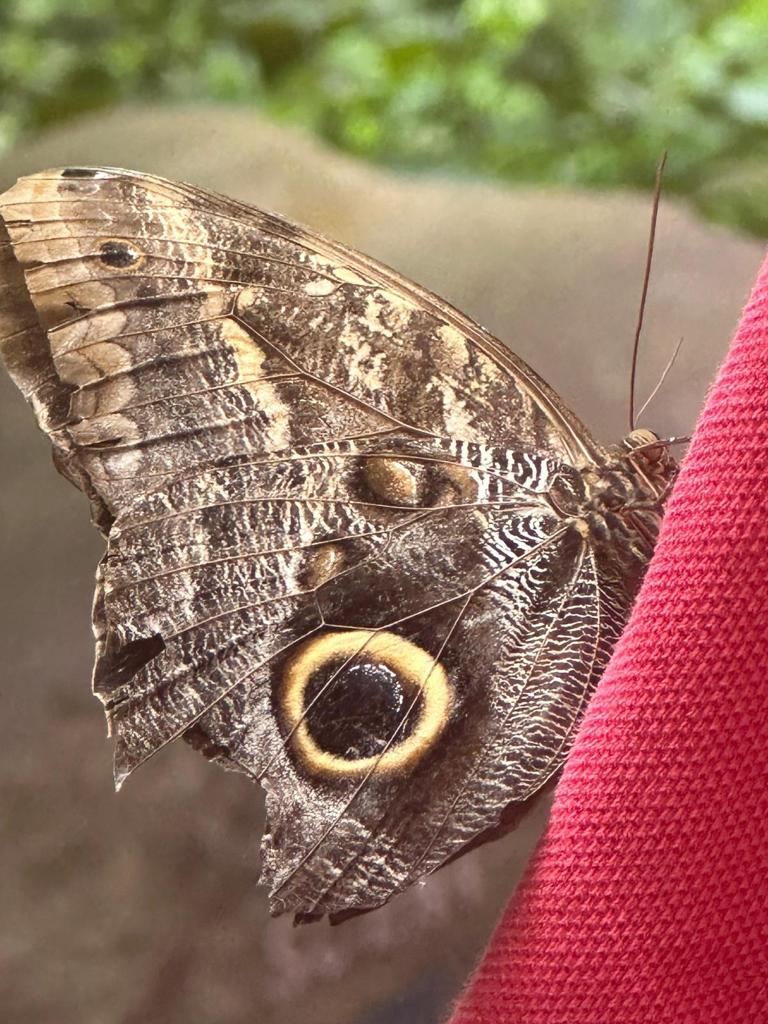
The African Penguin is native to the coastal areas of South Africa and Namibia. These charismatic birds face numerous threats, including habitat loss, overfishing reducing their food supply, pollution, climate change impacting their breeding grounds, and predation by seals and sharks. Conservation efforts are crucial to their survival.
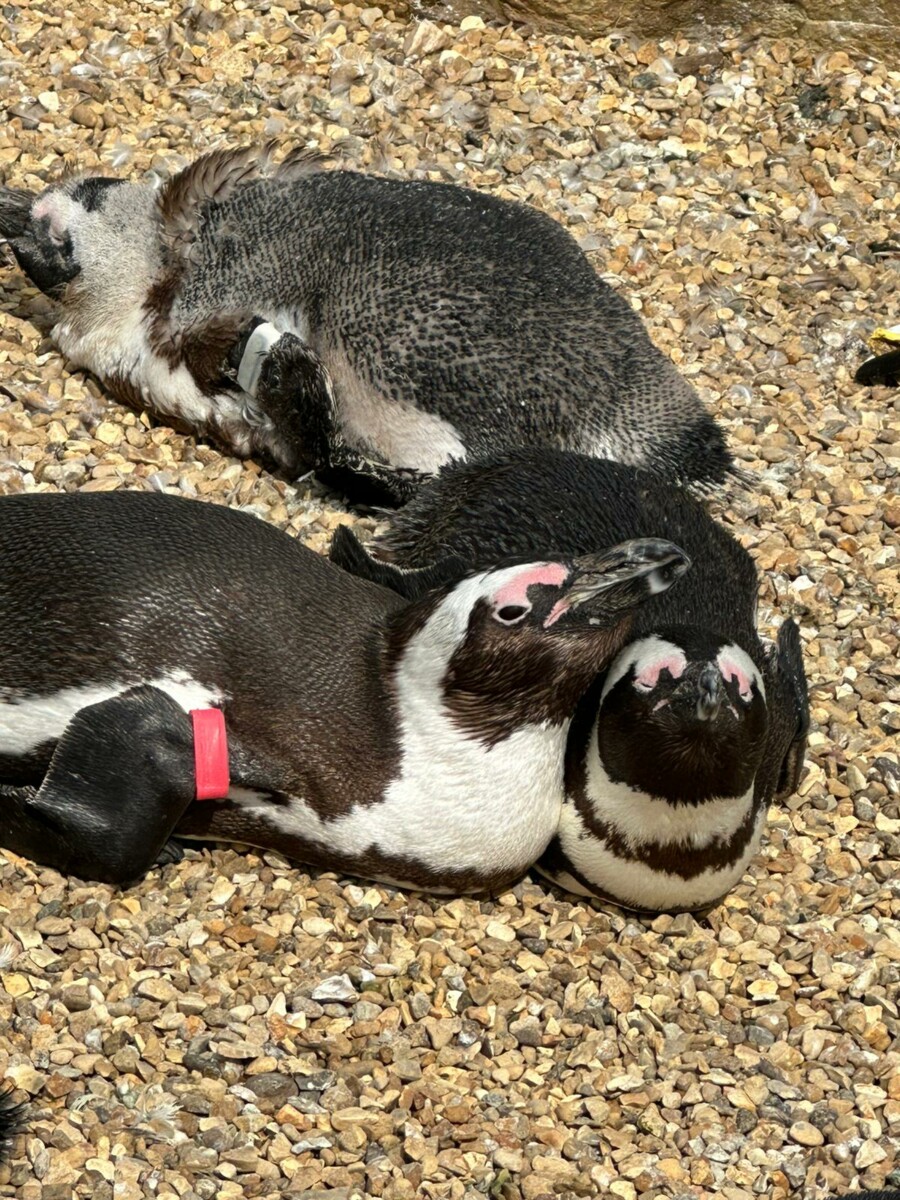
Crested penguins, such as the Fiordland penguin and the Rockhopper penguin, are native to the Southern Hemisphere. They are known for their distinctive yellow crests and vibrant personalities. These penguins face threats including habitat destruction, predation by introduced species, and climate change affecting their food sources.
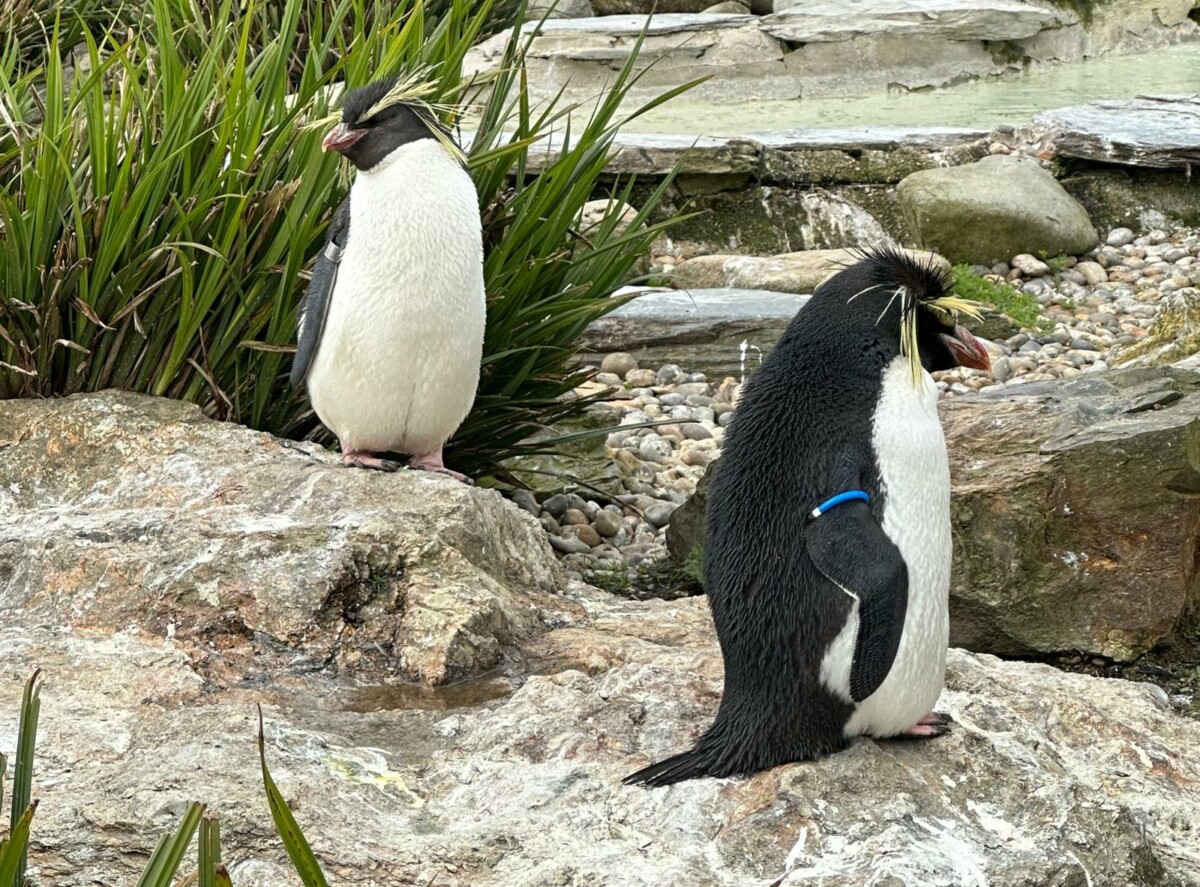
Flamingo are elegant and flamboyant birds known for their vibrant pink plumage and long, slender legs. They inhabit shallow lakes and lagoons, using their unique beaks to filter-feed on algae and small invertebrates. However, habitat loss, pollution, and disturbance from human activities pose significant threats to their populations, highlighting the need for conservation efforts.
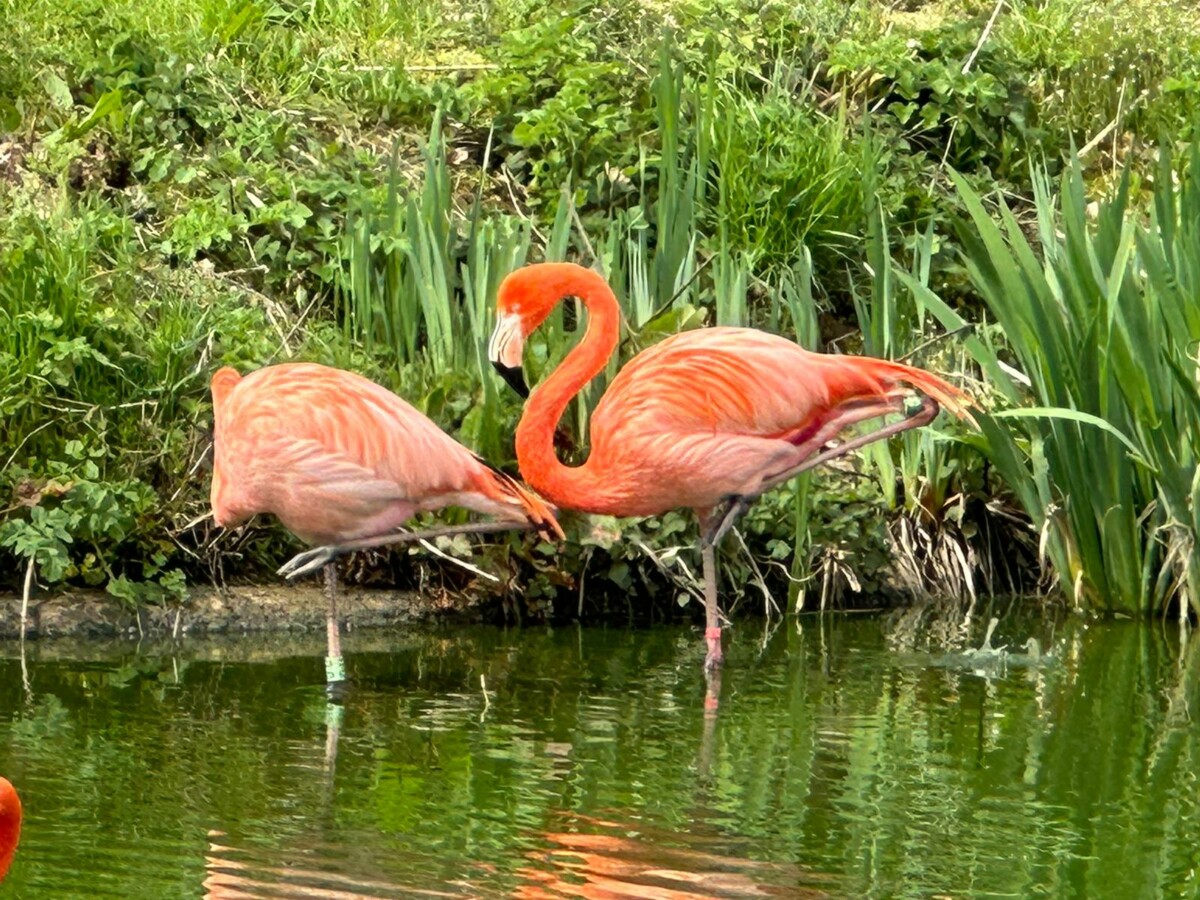
Yaks are large, shaggy-haired mammals native to the Himalayan region of Central Asia. They are well-adapted to survive in harsh mountainous environments, with their thick fur and unique ability to tolerate low oxygen levels. Yaks serve as important livestock, providing milk, meat, and fibre for the local communities. However, habitat degradation, overgrazing, and climate change pose challenges to their survival.
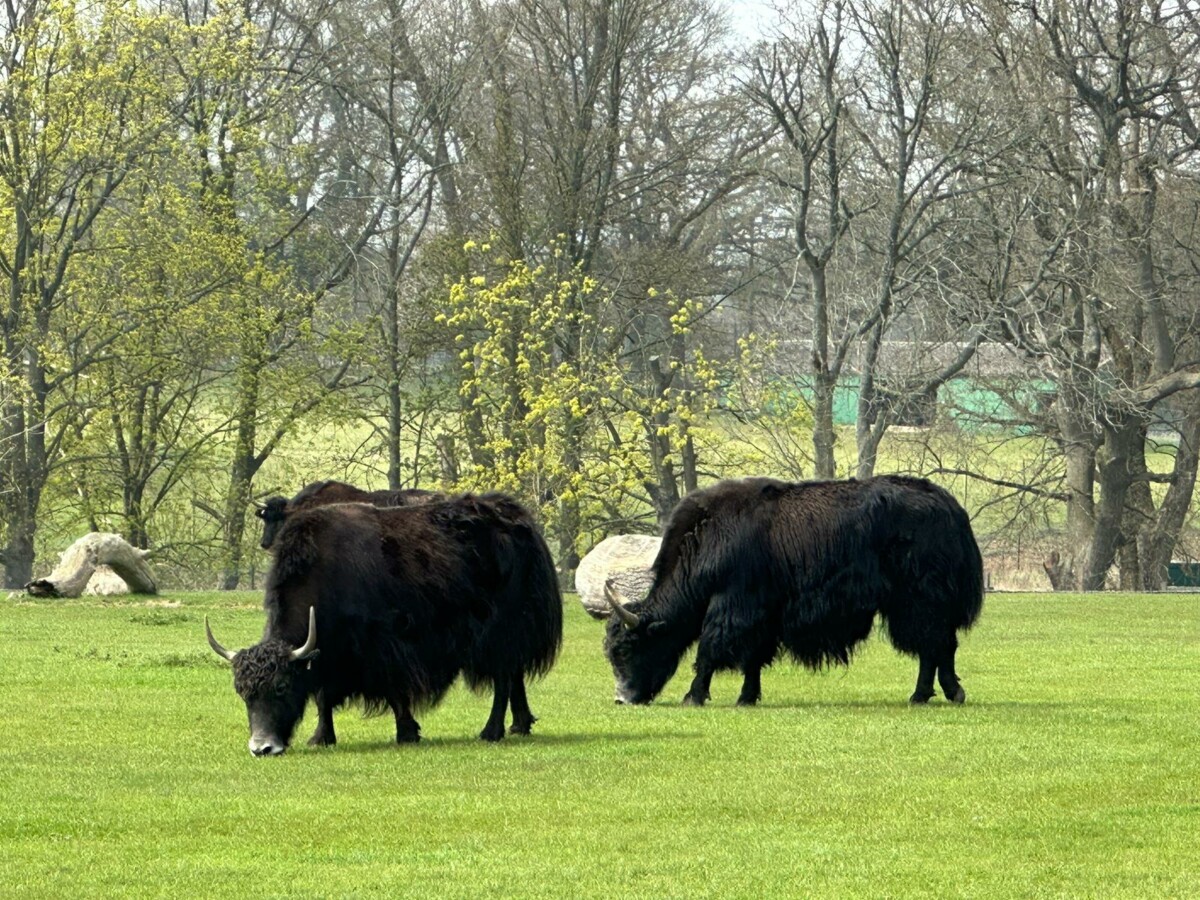
Wallabies are marsupials native to Australia and nearby islands. They are smaller relatives of kangaroos, with similar characteristics such as powerful hind legs for hopping. Wallabies inhabit diverse habitats and have adapted to various diets. However, habitat loss, predation, and competition with introduced species threaten their populations, emphasizing the importance of conservation efforts.
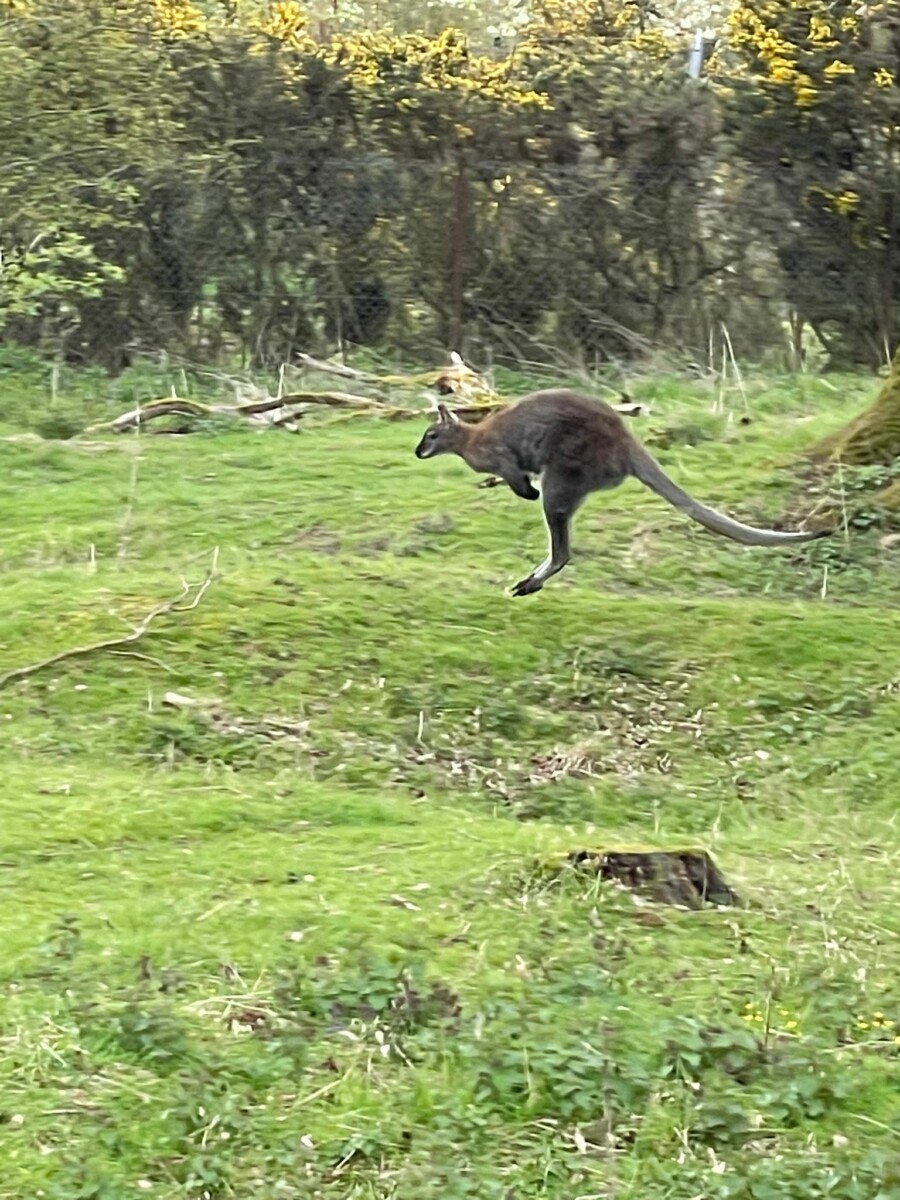
The European brown bear is one of the largest species of bear. As the name indicates, they are covered in brown fur, with the colours varying from a yellow brown to a dark brown. The bears are equipped with large paws, and claws that can grow up to 10cm long! Habitat loss and hunting are two of the threats they face but European brown bears are recognised as Least Concern on the IUCN red list.
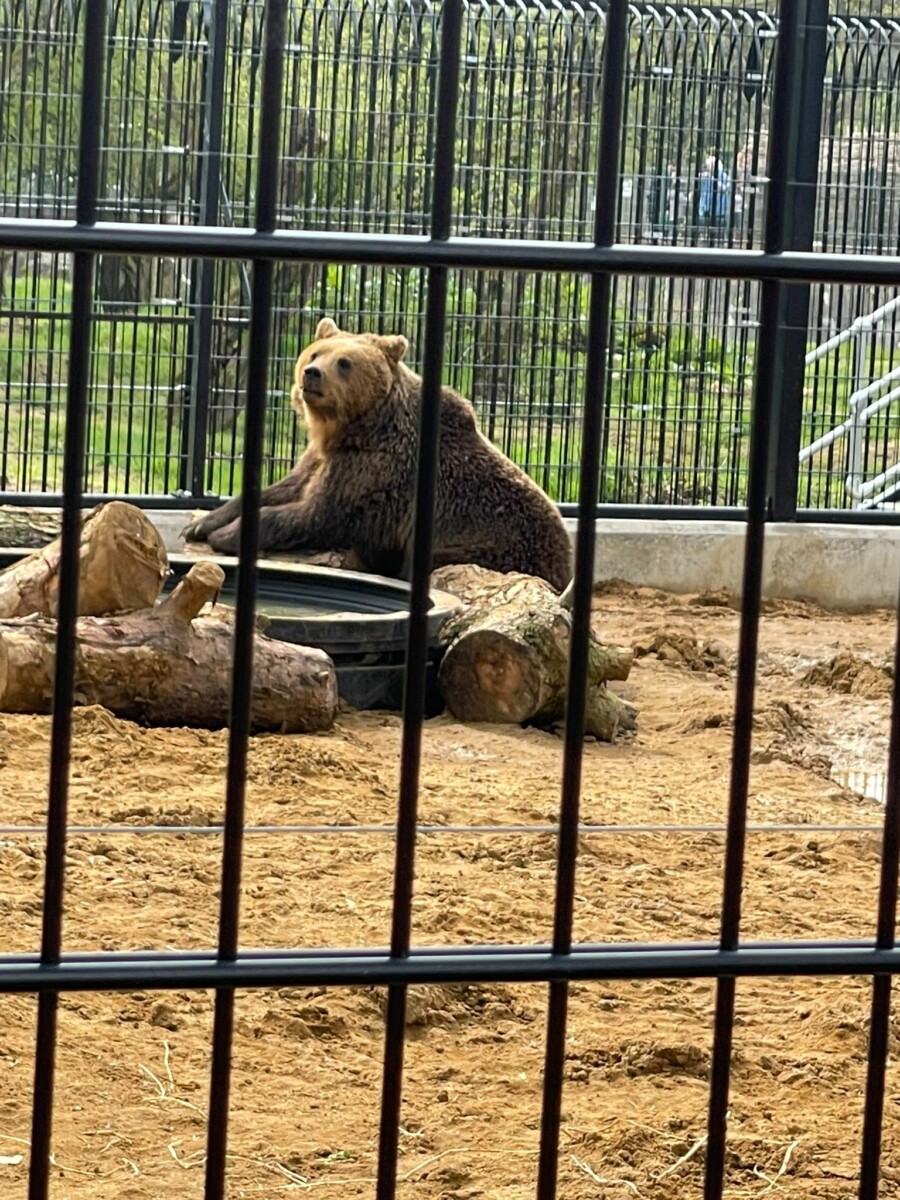
The rhinoceros, a remarkable creature that has roamed the Earth for 50 million years, is now represented by only five species. Among them is the white rhinoceros, residing in the grasslands of Africa’s bushveld savannah. Whipsnade Zoo is privileged to host the Southern White Rhino which is the largest rhinoceros species of its kind. The male white rhino ican weigh up to 2.3 tonnes and measure 3.7-4 metres from head to tail while females are slightly smaller at 1.7 tonnes and 3.4-3.65 metres in length.
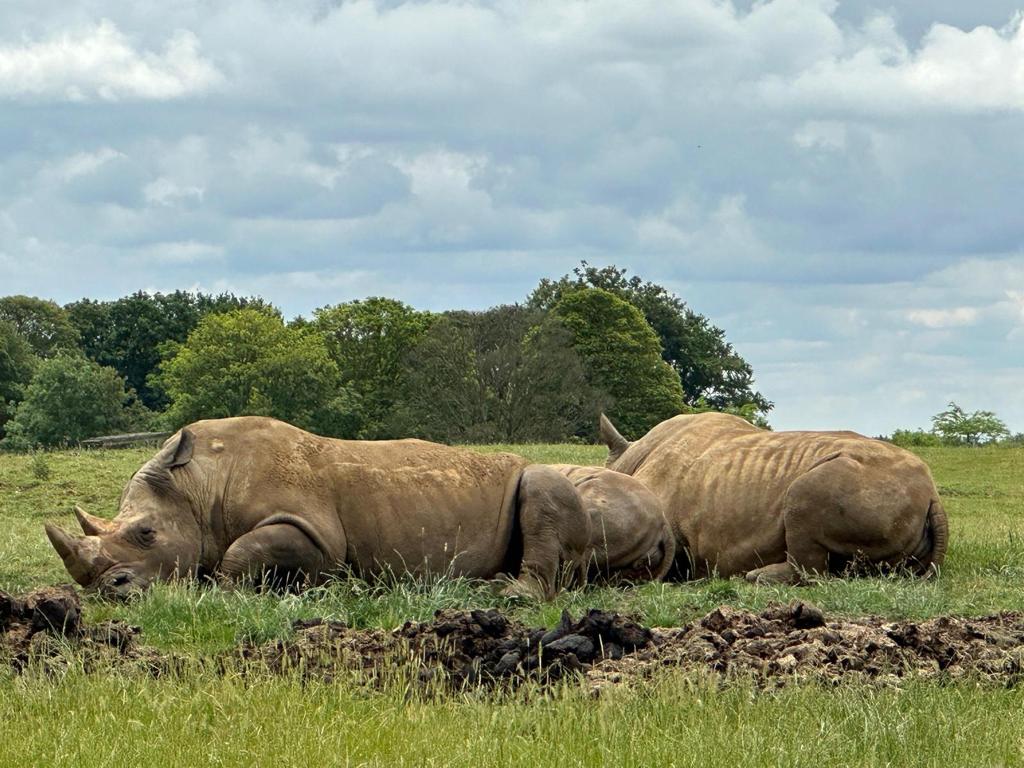
The Amur Tiger, also known as the Siberian tiger, holds the title as the largest and heaviest of all the world’s big cats. By the 1940s, it was believed that fewer than 40 Amur tigers were left in the wild. Fortunately, the Amur subspecies was rescued from the brink of extinction when Russia took the historic step of granting full conservation protection to its resident tigers, becoming the first country to do so.
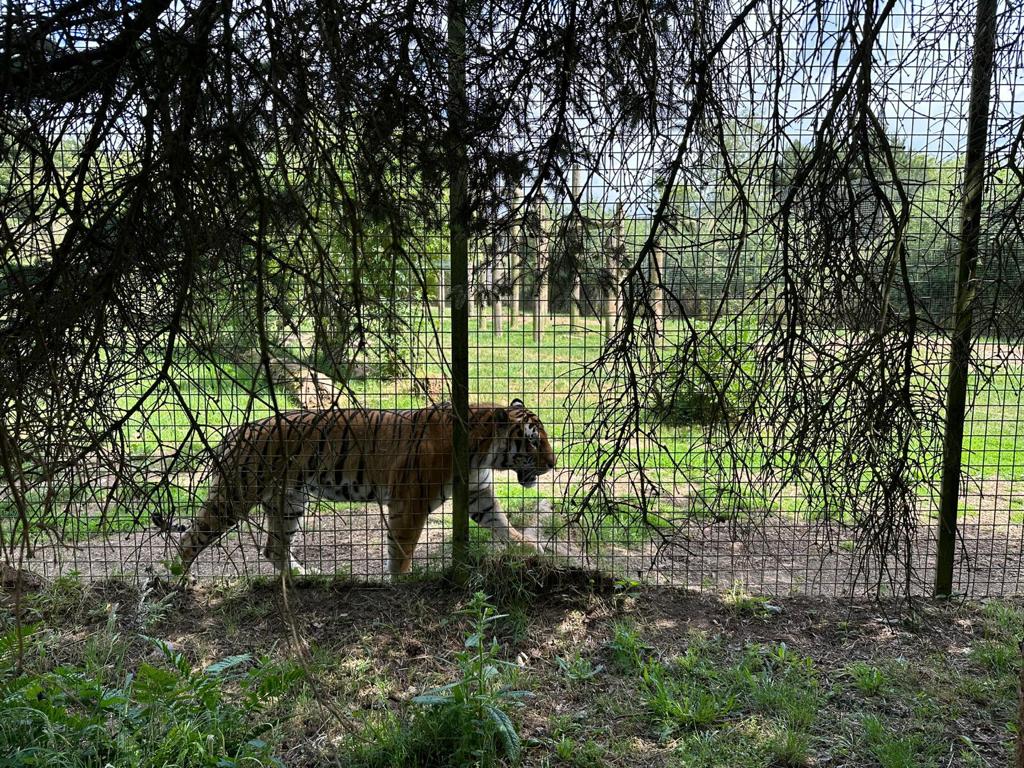
Reticulated Giraffe, known for their distinctive coat patterns, are the tallest land animals. Their long necks, consisting of seven vertebrae, allow for exceptional reach and flexibility. Crowned with ossicones, bony structures covered in skin and hair, they play a role in combat and species identification. Giraffe calves are born standing up, falling up to 2 metres to the ground, helping them take their first breaths.
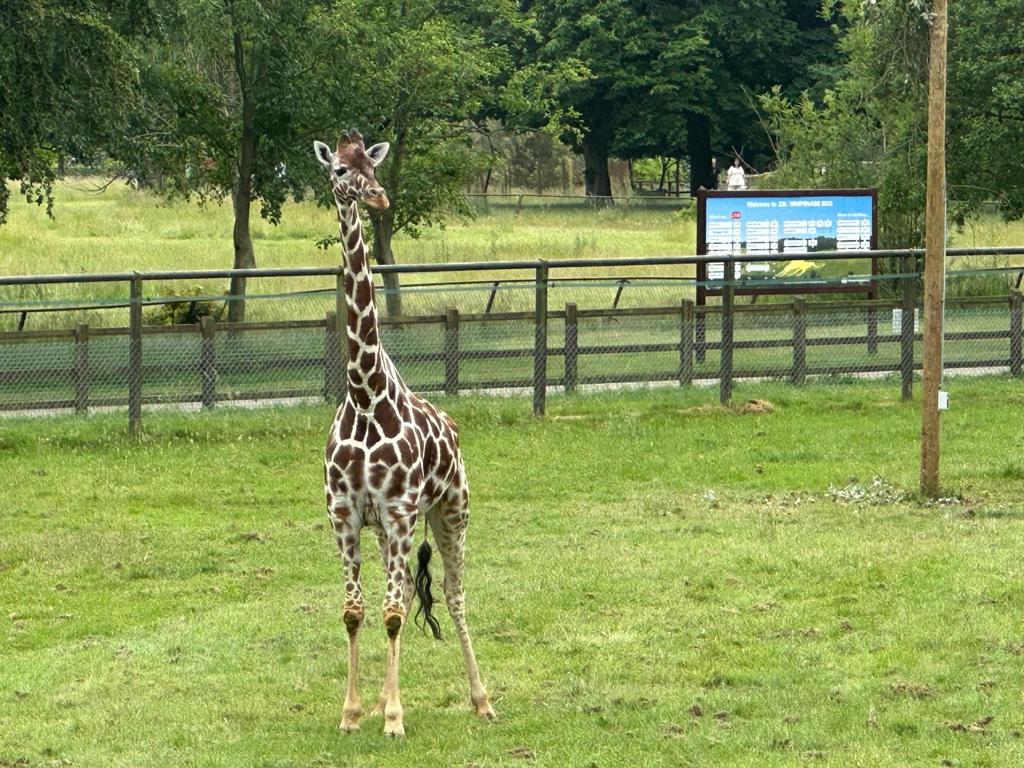
Giraffes in the wild face several threats to their survival. Habitat loss due to human activities, such as agriculture and infrastructure development, poses a significant challenge. Illegal hunting for their meat, hides, and body parts, as well as trophy hunting, further endanger their populations. Climate change, diseases, and conflicts with local communities also contribute to the decline of giraffe numbers. Conservation efforts are crucial to protect these majestic creatures and their habitats.
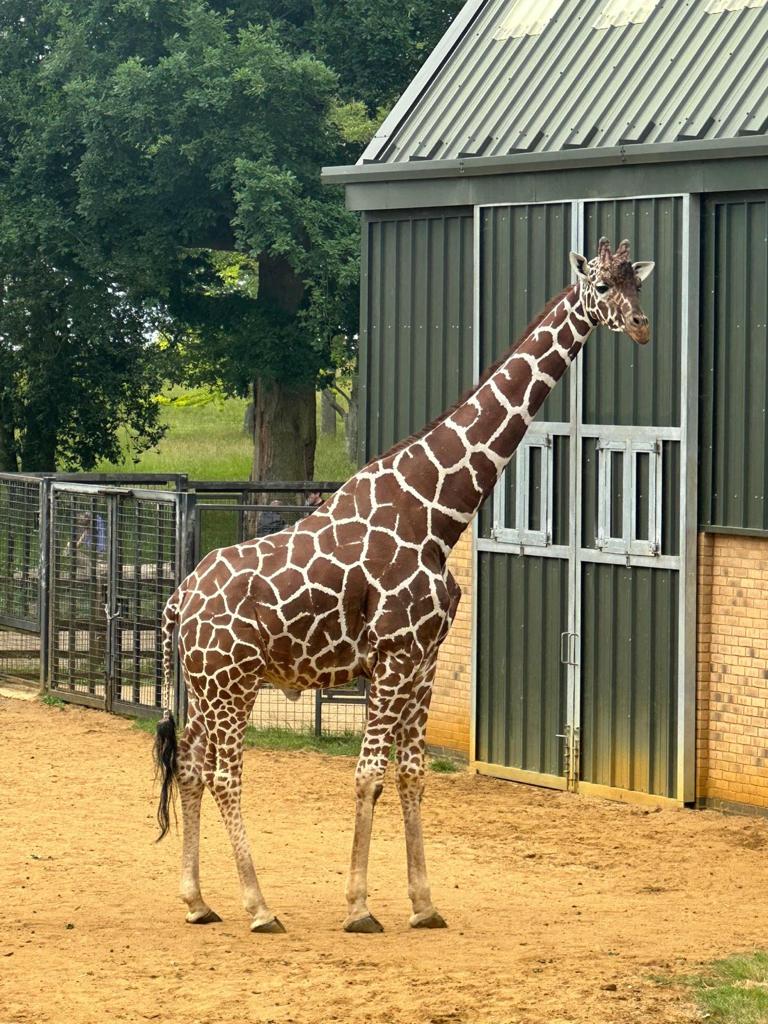
People think that chameleons change colour for camouflage, and whilst that is sometimes true, the primary role of their incredible colour-changing ability is associated with social signalling and communication, or as a response to changes in their environment, like temperature or humidity. The Panther Chameleon can project their tongues to distances longer than their body-length. They also have a very wide field of vision, thanks to their unusual eyes, which feature fused upper and lower eyelids containing a small aperture which the pupils of their eyes can see through. Each eye can pivot and focus independently, allowing them to view two objects simultaneously.
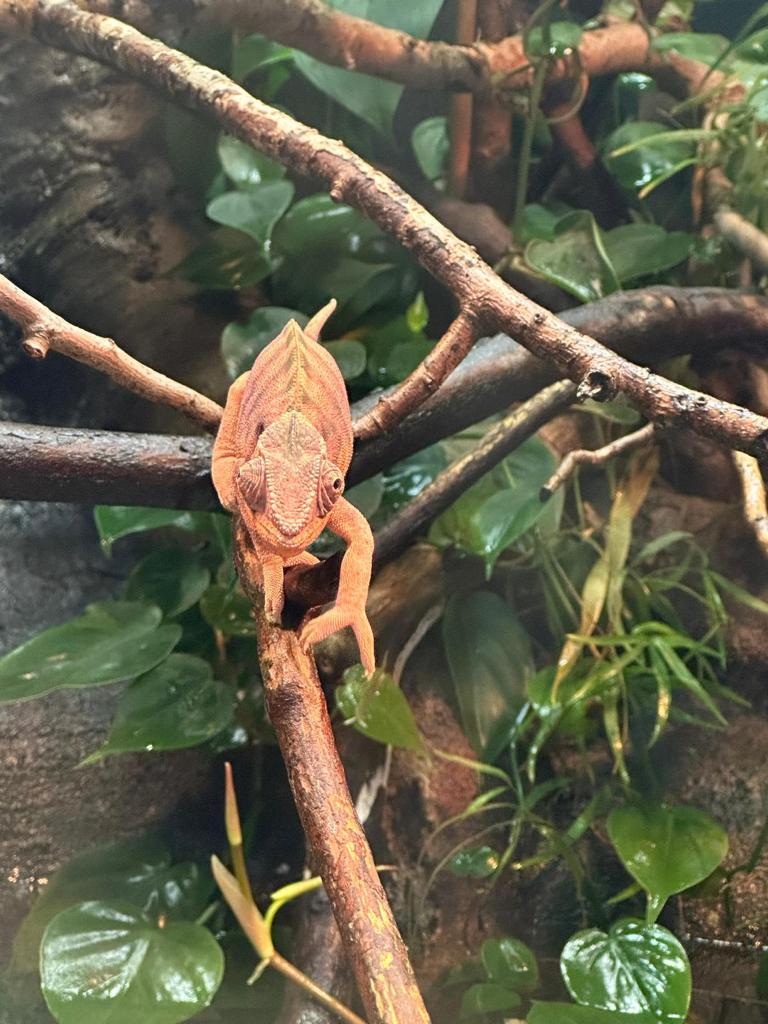
Find out more details about the thousands of animals at Whipsnade Zoo here – www.whipsnadezoo.org/whats-here/animals
After making memories to last a lifetime while exploring some of the 600 acres of wildlife and seeing some of the 10,000 animals at the conservation zoo, children can finish off their day by winding down for storytime sessions in the farmyard.
While at Whipsnade Zoo, make sure to save time for your little ones to enjoy playing in the huge Hullabazoo Adventure Playground. The outdoor play area is the ideal spot for kids to go wild. With rope bridges, swings, climbing frames, sit-on crocodiles, tunnels, boats, mini safari jeeps and a sand park they’ll be able to embrace their inner-monkey as they explore over 7,800 square metres of themed play area.
For kids who like rough and tumble or if the British weather is typically changeable, there is also the Hullabazoo indoor soft play to enjoy which is included with entry. However, please note that pre-booking your time slot is essential with play sessions being 45 minutes long.
Located at the heart of the zoo in the Hullabazoo Children’s Farm, the Hullabazoo Indoor Soft Play Area has each element designed around different habitats enabling your children to have fun and mimic their favourite animals. You’ll be able to watch your little ones crawl through the garden, climb like an insect or journey through the Antarctic to become a penguin sliding down the ice.
There’s all this and much more to enjoy with your young family on a jam-packed spring day out at Whipsnade Zoo.
Don’t miss more than 10,000 amazing animals at Whipsnade Zoo this summer. The family-friendly Top Trumps trail is free with zoo entry and runs from 27 May until 9 July. You can book your tickets at www.whipsnadezoo.org
At any time of the year, Whipsnade Zoo is a brilliant day out for anyone looking to connect with nature and help create a world where wildlife thrives.
Whipsnade Zoo
Whipsnade, Dunstable LU6 2LF
0344 225 1826
www.whipsnadezoo.org

